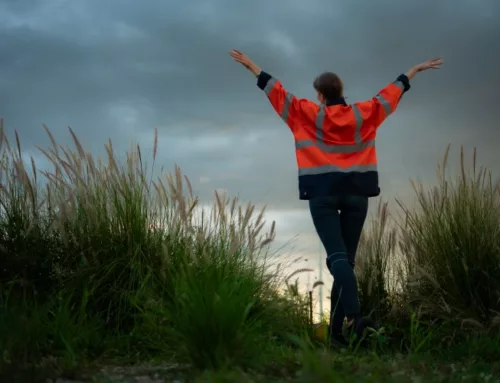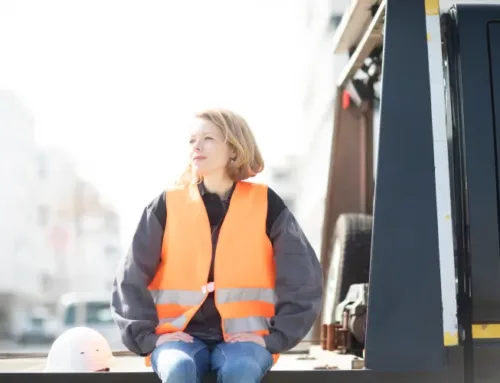General characteristics of class 3 high-visibility clothing
We have often wondered what kind of high-visibility clothing we should wear. We are told about class 1, class 2 and class 3, but nobody has explained to us what it is and how it works. To clear up any doubts and clarify matters, we must turn to the 2013 EN-ISO 20471 standard. What does this standard tell us?
ISO: 20471 refers to the high-visibility clothing standard for professional use. The first distinction it makes distinguishes between active and passive subjects: the former are all those who are aware of traffic and see danger coming, such as, for example, the local police when they regulate traffic. On the other hand, passive subjects are individuals who, while on the road, are not paying attention to traffic, for example, a cyclist, a person doing construction work in the middle of a road, a crane operator who is helping a vehicle that has broken down on the road, etc.
Classes of passive subjects according to EN-ISO 20471
Having made this distinction, EN-ISO 20471 of 2013 focuses on passive subjects, classifying the clothing they must use in three different groups, class 1, class 2 and class 3, always depending on how much m² of base material (yellow, orange or red) and m² of retroreflective tape they use. Given this, and knowing the m² of base material and retroreflective material required by the standard, what type of garment should I use? The answer to this question is to be found in the speed at which vehicles travel in the place where the operator is carrying out their work.
Class 1 should be used in places where the speed does not exceed 30 km/h, i.e. car parks, garages, warehouses, etc.
Class 2 is used wherever speeds are between 31 km/h and 60 km/h, which is where 75%-80% of businesses are located, e.g. in most urban areas, county roads, etc.
And class 3 is used where vehicles travel at speeds of 60 km/h and above, up to 120 km/h, i.e. conventional roads, dual carriageways and motorways.
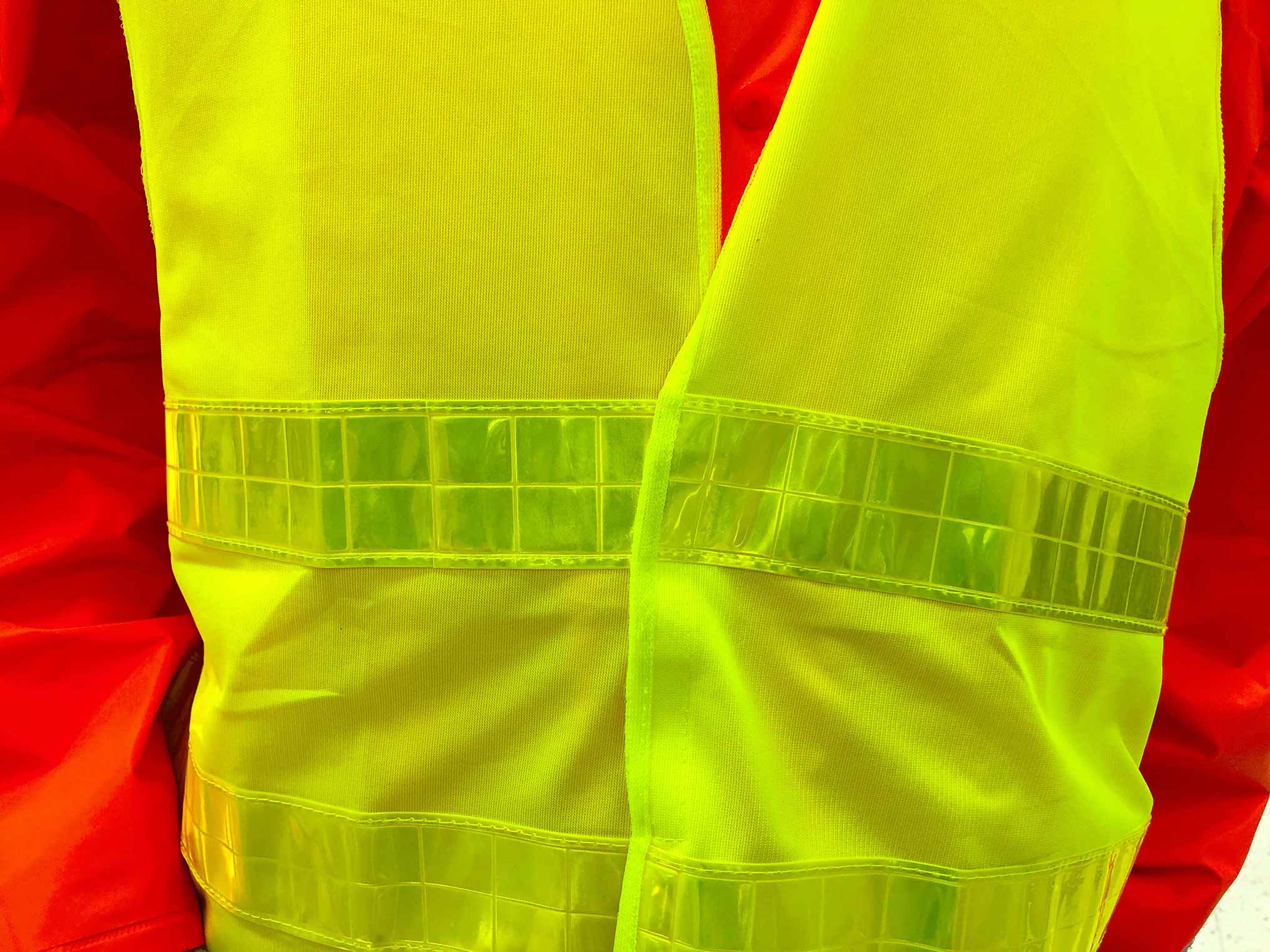
The importance of garment labelling and all the information it provides to users
Apart from understanding the EN-ISO 20471 (2013) standard, we would like to focus on the labelling of garments, since labels are where you can find all the information about the garment; in other words, it is like the garment ID card.
Unfortunately, all too often, the end user cuts it off and all relevant information is then lost. But… What kind of information does it contain?
The first thing it must show is the pictogram and the number at the top. This number indicates what kind of garment it is. In addition, it must state EN-ISO:20471 (2013) and the number of washes the garment can withstand. This is very important for lightweight garments – for example, polo shirts and T-shirts – because fewer washes make for a shorter garment lifespan.
At T2S we always recommend the use of retro-reflective tapes for this type of garment, which can withstand 50 washing cycles. Most polo shirts and T-shirts can withstand 25 washes and have a fairly short lifespan. The price difference between a 25-wash tape and a 50-wash tape is minimal and cannot in any way make the product twice as expensive.
Take a look at our extensive range of class 3 high-visibility clothing for motorway and dual carriagway workers
Having clarified all these concepts, we would like to show you some of our high-visibility class 3 garments, to provide you with practical examples to show exactly what this type of clothing features.
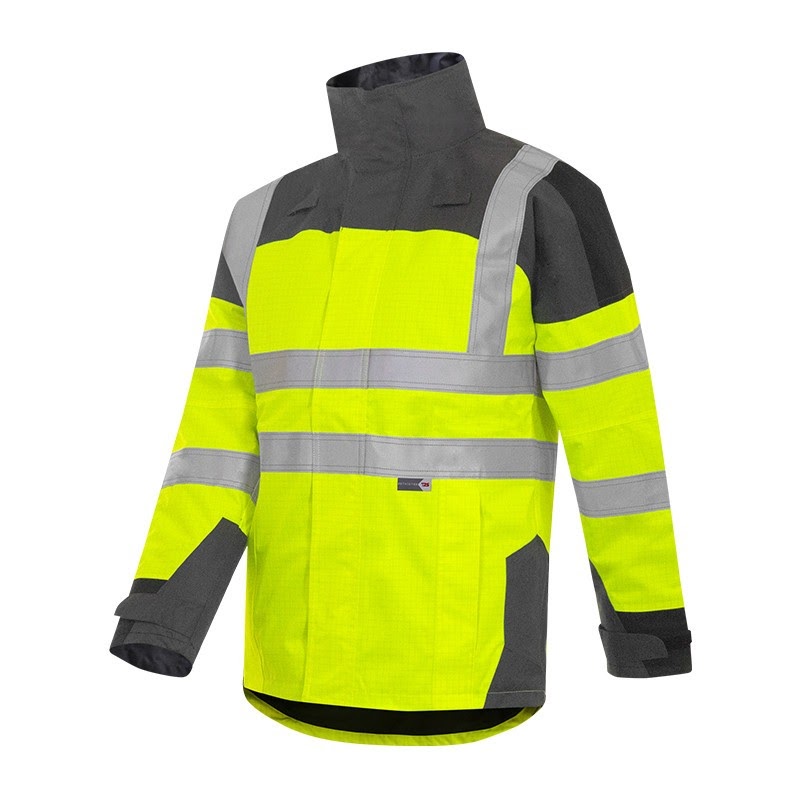
For example, this is a high-visibility parka from ETNA, made of extremely technical and high-quality materials, such as an antistatic and flame retardant twill fabric, as well as a flame retardant retro-reflective tape from the well-known RETHIOTEX® brand. It is important to note that it can be worn alone or with a removable lining.
You will also find a softshell from FALCON, specially designed for in-between seasons, made from a elasticated softshell fabric; its slim fit ensures maximum comfort for wearers, while offering a high degree of functionality and freedom of movement.
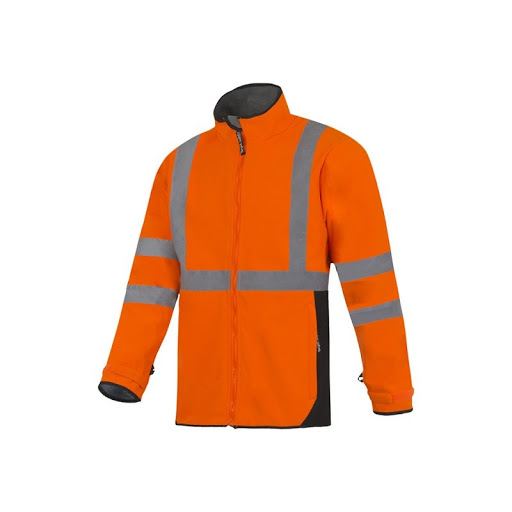
And finally, the 547 ECO waistcoat; Class 3 PPE made of 100% polyester fluorescent knitted mesh and RETHIOTEX® micro-spherical retroreflective tape, specially designed to provide optimum visibility both day and night.
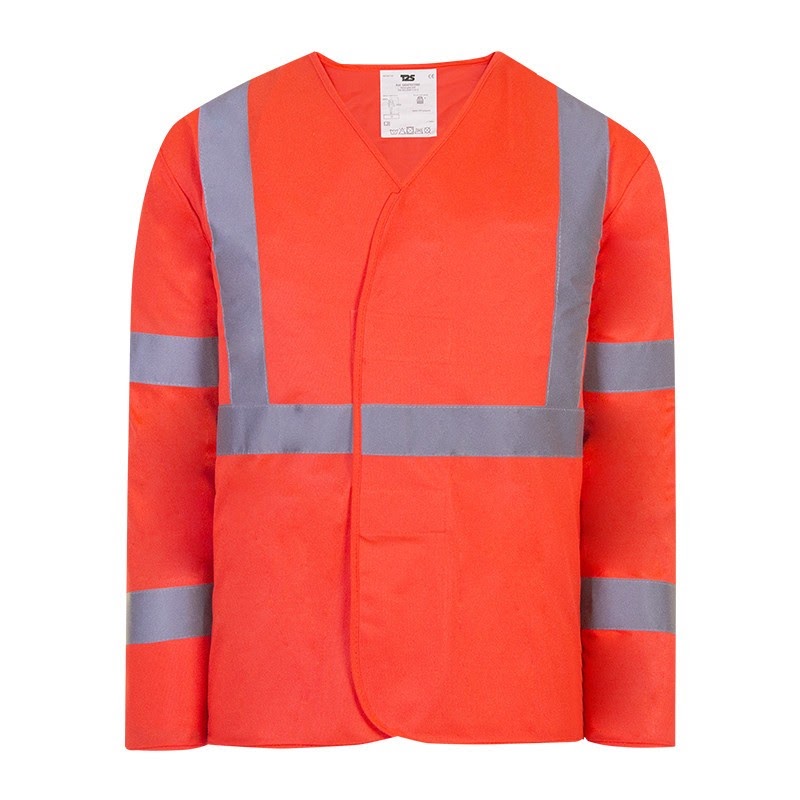
These are just three examples of our extensive range of class 3 hi-vis clothing. If you would like some advice, simply contact our sales department by filling in the following form.

